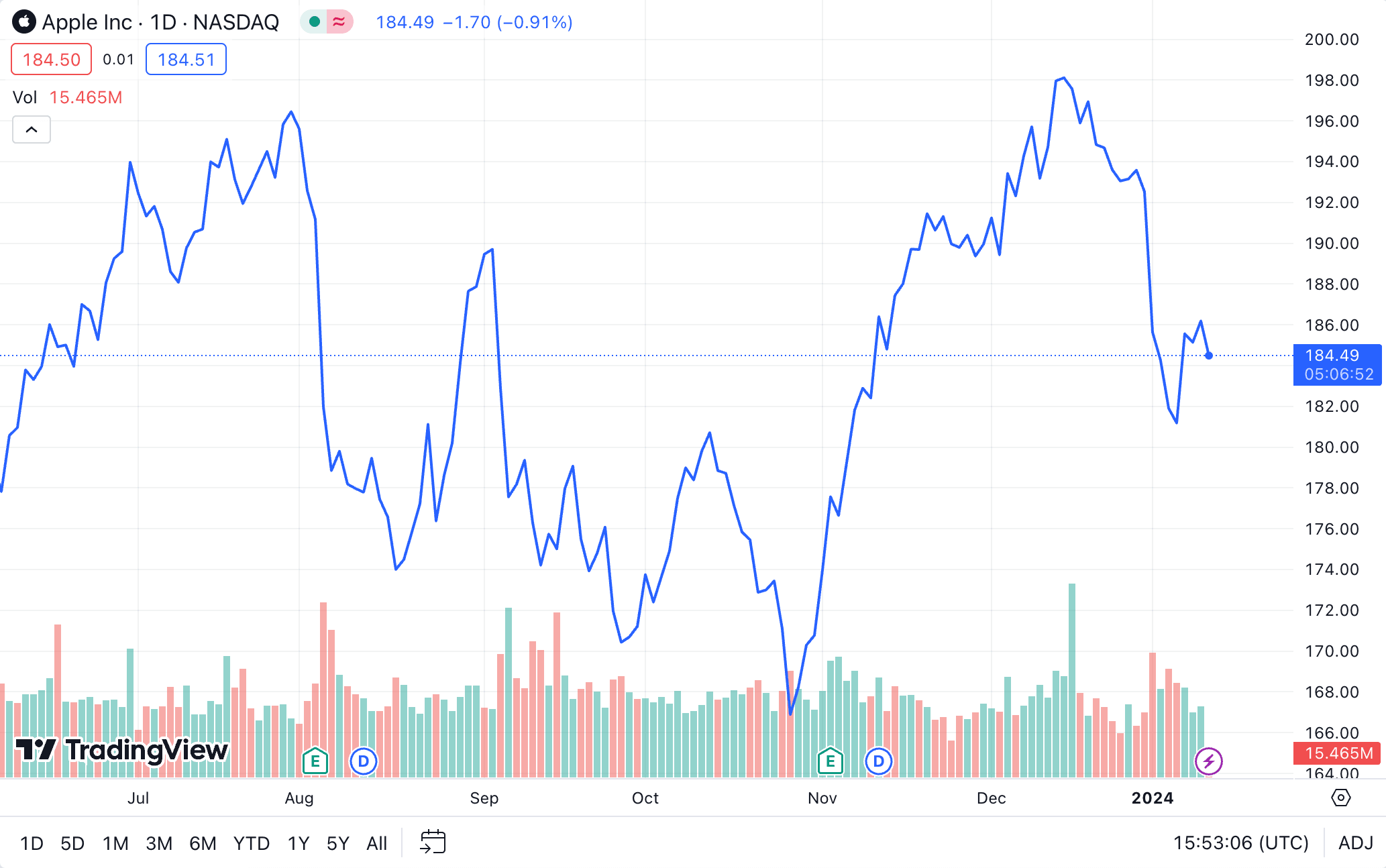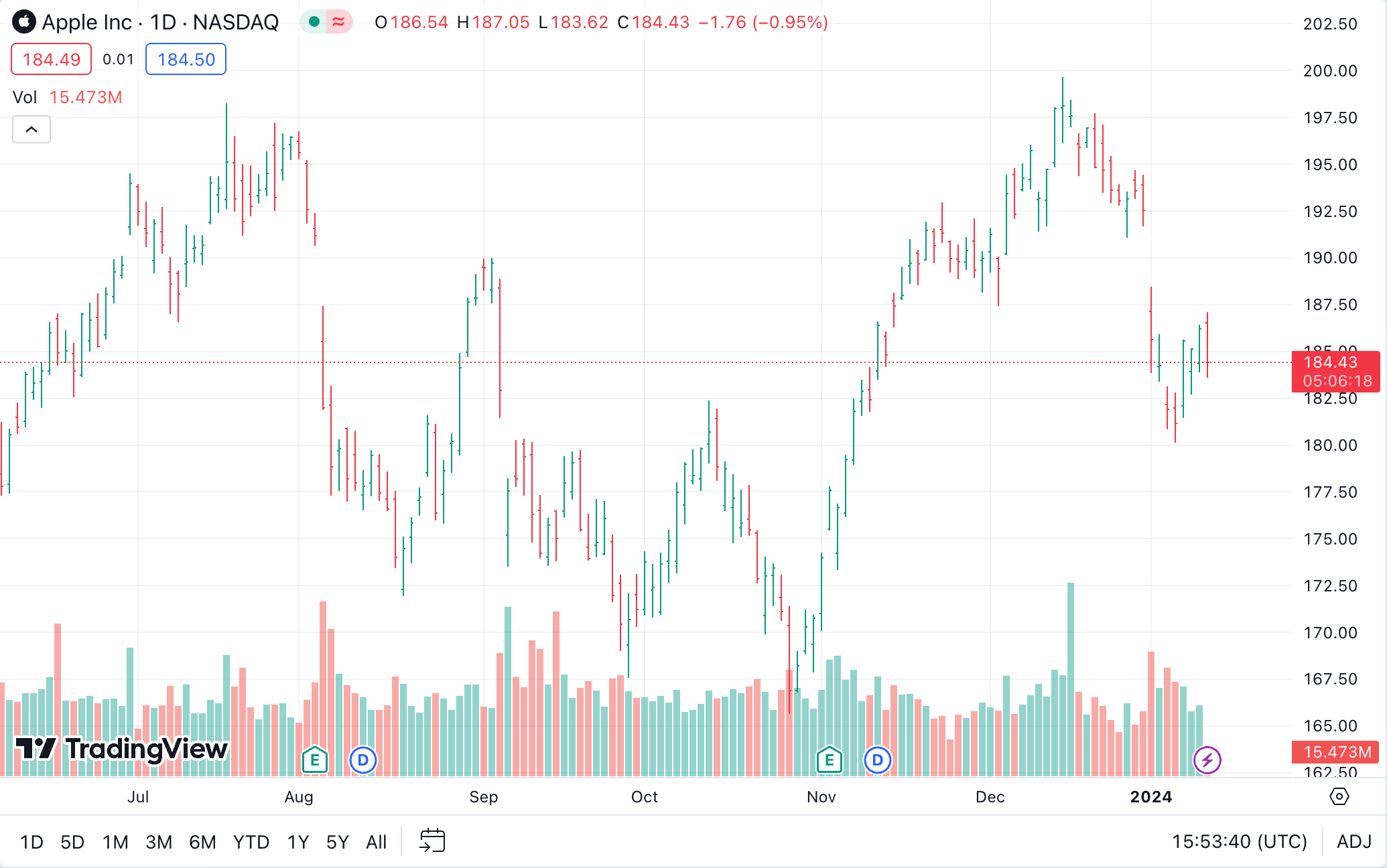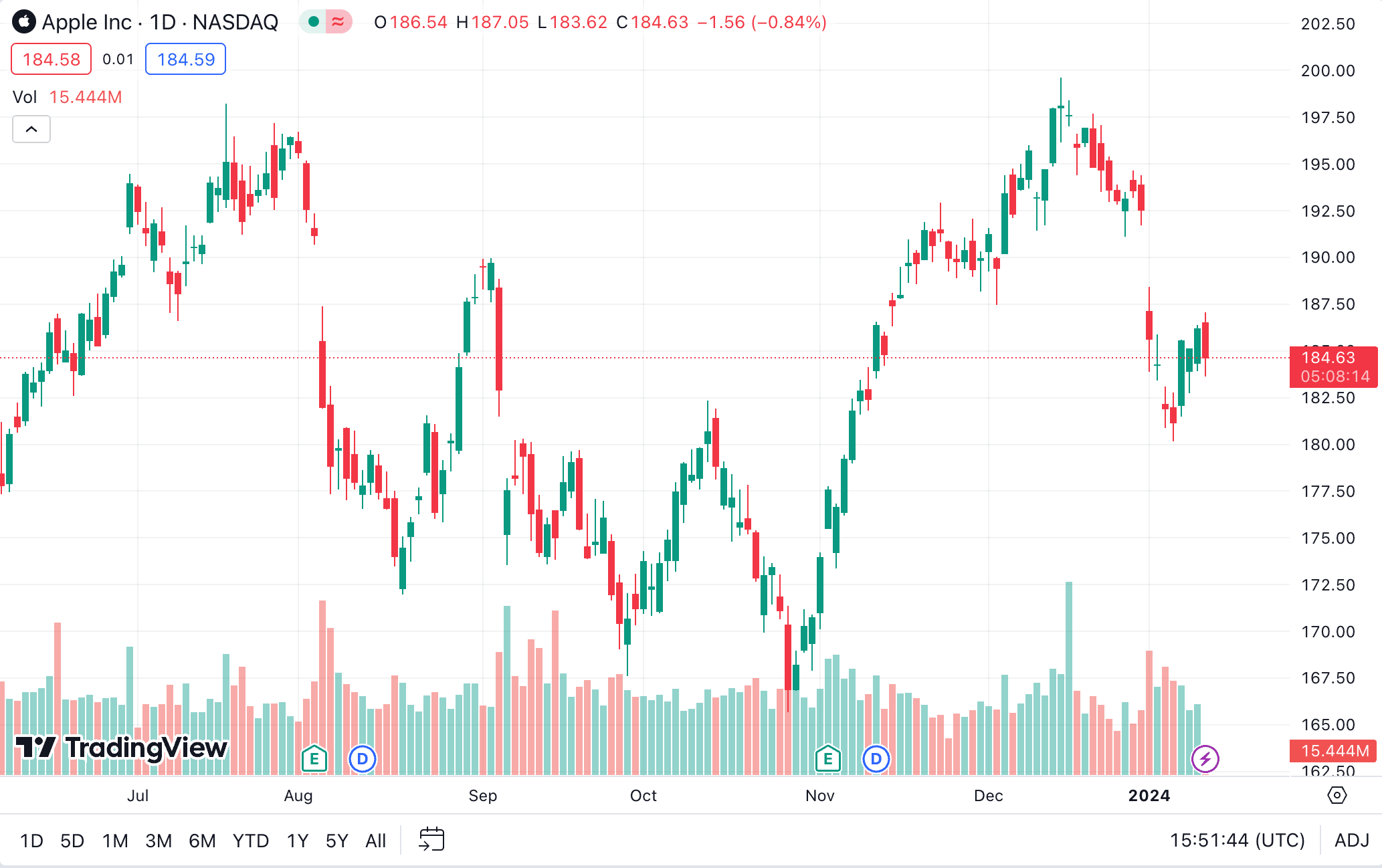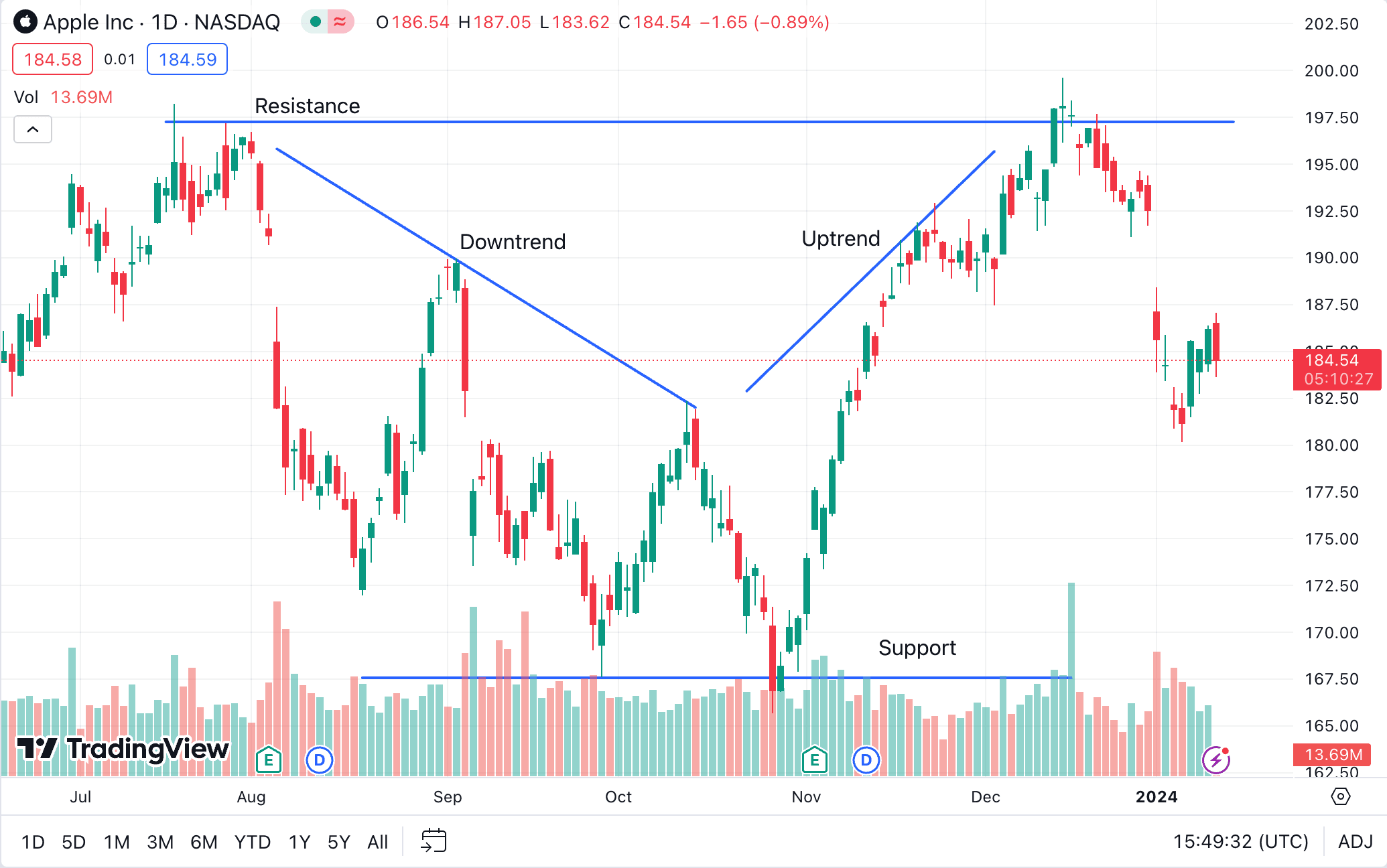-
Commitment to our readers
18 years
Helping you save money
Reviewed
by experts
Cited by
major publications
Finder maintains full editorial independence to ensure for our readers a fair assessment of the products, brands, and services we write about. That independence helps us maintain our reader's trust, which is what keeps you coming back to our site. We uphold a rigorous editorial process that ensures what we write and publish is fair, accurate, and trustworthy — and not influenced by how we make money.
We're committed to empowering our readers to make sound and often unfamiliar financial decisions.
We break down and digest information information about a topic, product, brand or service to help our readers find what they're looking for — whether that's saving money, getting better rewards or simply learning something new — and cover any questions you might not have even thought of yet. We do this by leading with empathy, leaning on plain and conversational language that speaks directly, without speaking down.
By learning how to read a stock chart, you can gain insight into a stock price’s seasonality, volatility, trading volume and other historical information to find patterns that may indicate shifting trends and potential trade opportunities.
What is technical analysis?
Technical analysis is a trading and investing technique used to evaluate securities and identify trading opportunities by examining past price movements, volume and other trading indicators, usually via a stock chart.
3 types of stock charts
Different platforms use different stock charts, but the three main types of stock charts are line charts, bar charts and candlestick charts.
Here’s a breakdown of what each looks like and what they display.
- Line charts. A line chart is the most basic type of chart and uses points connected by different line segments to show changes in a security’s value. Line charts depict only the closing values of a stock during a particular trading day. While advanced trading platforms offer line charts as an option, many beginner-friendly brokers, such as SoFi Invest, only use line charts.
- Bar charts. Bar charts visualize the open, high, low and close price of an asset over time using a vertical line with two horizontal dashes. Bar charts are found mostly on advanced trading platforms.
- Candlestick charts. Resembling candles, these charts display the open, high, low and close values for each period. Candlestick charts show price movements via two different colors, such as black and white or green and red. Candlestick charts are common on advanced trading platforms.
How to read a line chart
The basic line chart lets you quickly visualize an asset’s price history. Key information you’ll typically find on a line chart includes:
- Time intervals. Explore price performance at different time scales, from one day to several years, providing both a zoomed-in and zoomed-out picture of a stock’s performance.
- Live price. View the current trading price of a stock, allowing a real-time look into its performance.
- Price gain/loss. Line charts typically include price changes as dollar amounts and percentages, which show a stock’s gain or loss over a certain period.

How to read a bar chart
Here are some helpful elements you should know about a bar chart:
- Color. The different colors show the relationship between the open and close prices. For instance, a bar color is black or green if the closing price is higher than the opening price. If the color is red, the closing price is lower than the opening price.
- Vertical line. The bottom end of the line indicates the low price, and the top of the line indicates the high price.
- Horizontal lines. The left-side dash shows the open price, and the right-side dash shows the close price.

How to read a candlestick chart
At first glance, candlestick charts may be a bit more confusing for first-time investors to read. However, here are their most important features.
- Candlesticks. Each candlestick shows price movements over a particular period.
- Candlestick body. The candle body shows the open and close prices. A filled black or red body means the security closed at a lower price than it opened. On the other side, a green or white body means the security closed at a higher price than it opened.
- Candlestick wicks. The candle wicks show the high and low prices for the period. The upper wick extends to the high of the period, while the lower wick shows the low of the period.
- Candlestick chart colors. The default colors for candlestick charts are green and red, though you may be able to assign any color depending on the customization of the trading platform.

Important features of a stock market chart
If you’re new to buying and selling stocks, here’s a list of helpful terminology you may come across and what each means.
- Time intervals. Time intervals refer to the selected period of the chart and can range from one minute to several years.
- Opening and closing prices. The opening price is the price of a stock at the start of the trading day, while the closing price is the price of a stock when the market closes.
- High and low prices. These refer to the highest and lowest prices during a trading period.
- Bar or candlestick color. These refer to the green or white you may see on either chart when the price movements increase or the red or black when the prices decrease.
- Trading volume. This indicates the number of shares purchased or sold in a given period.
- Drawings. These refer to tools you can use, such as trend lines, shapes and annotations, to help you discover patterns and trends in the market.
- Studies. A study refers to technical analysis such as moving averages, relative strength index and other techniques to help make trading decisions.
How to spot trends through support and resistance levels
Support and resistance is a term used in the technical analysis of stocks. It’s a level where supply and demand meet and can temporarily stop a stock from rising or falling in price.
- Support. Support is when demand prevents a stock from falling any further in price.
- Resistance. Resistance is when the supply is enough to prevent a stock from rising in price.

Basic stock chart patterns
There are many stock patterns to look out for when reading charts, but here are the most popular.
- Ascending triangle. A bullish pattern illustrated by drawing a line at the end of resistance points and an ascending trendline along the support points. This means buyers are more active than sellers at this time.
- Descending triangle. A bearish pattern illustrated by drawing a horizontal line at support points and a descending trendline at the resistance points. This means that sellers are more active than buyers at this time.
- Symmetrical triangle. This pattern is typically a continuation pattern formed by two converging trend lines.
- Pennant. A continuation pattern after an uptrend or downtrend illustrated by a small symmetrical triangle.
- Flag. A bullish or bearish continuation pattern that looks like a flag on a flagpole and is usually preceded by a sharp rise or sharp fall in price.
- Wedge. A bearish or bullish pattern that moves between converging trend lines. It’s bearish if the wedge appears to rise and bullish if the wedge appears to fall.
- Double top and double bottom. Double tops and double bottoms are reversal patterns that have “M” and “W” shapes, respectively. A double top is bearish, whereas a double bottom is bullish.
- Rounding top and rounding bottom. The rounding top is a bearish reversal pattern with an upside-down “U” shape where a stock rises in price but gradually reverses. The rounding bottom is a bullish “U” shape pattern where a stock falls in price but gradually reverses.
- Head and shoulders. A bearish reversal pattern that consists of three peaks and two troughs, resembling a head and shoulders.
- Cup and handle. A bullish continuation pattern that occurs when a stock price falls, rises, forming a cup, then falls once more before regaining its balance, forming the handle.
- Gaps. Gaps are when the price of a stock suddenly rises sharply up or down. This is usually a result of some time-sensitive news release prompting sudden action by investors. These can be bearish or bullish, depending on the situation.
- Golden crosses and death crosses. A golden cross happens when a short-term moving average rises above a long-term moving average and signals a long-term bull market. A death cross is when a short-term moving average drops below a long-term moving average and signals a long-term bear market may be ahead.
Basic stock chart terms
There are several terms worth learning before you dive into how to read a stock chart:
| Term | Definition |
|---|---|
Open | The opening price of the stock during a given period |
High | The highest price of the stock during a given period |
Low | The lowest price of the stock during a given period |
Previous close | The last price the stock traded for at the end of the previous day |
Market cap | The total value of all the company’s stock; calculated as stock price multiplied by number of outstanding shares |
PE ratio | Price to earnings ratio; an evaluation metric calculated as stock price per share divided by earnings per share |
Dividend yield | How much a company pays in dividends relative to its stock price; calculated as dividend divided by stock price |
52-week high | The highest price the stock traded for in the past year |
52-week low | The lowest price the stock traded for in the past year |
Advanced stock chart terms
More complex stock charts may include some or all of the following terms:
| Term | Definition |
|---|---|
Bid and ask | The bid price is what buyers are willing to pay. The ask price is what sellers are willing to sell the stock for. |
Volume | How many shares of a given stock have traded in a given period. |
Average volume | A measurement of how much a given stock has traded over a specified period |
Day’s range | The difference between the high and low prices of the day |
Beta | The measurement of a stock’s volatility compared to the overall market. Riskier, more volatile stocks have a beta greater than 1.0. Safer, lower volatility stocks have a beta of less than 1.0. This isn’t found on a stock chart, but it’s important information to seek out. |
Earnings per share | A calculation of the net income earned for each share of stock. |
Earnings date | The next date the company publicly reports earnings. |
Ex-dividend date | A record-keeping date to determine which shareholders receive dividends. |
1-year target estimate | An analyst’s prediction of what the stock’s price will be in one year. This prediction won’t be featured on a stock chart, but you can find it near the stock chart. |
Compare popular stock trading platforms
Compare stock trading platforms by available asset types, minimum deposit, stock trade fee and more. Select Go to site to sign up for an account or select More Info to read our comprehensive review of the provider.
What is the Finder Score?
The Finder Score crunches 147 key metrics we collected directly from 18+ brokers and assessed each provider’s performance based on nine different categories, weighing each metric based on the expertise and insights of Finder’s investment experts. We then scored and ranked each provider to determine the best brokerage accounts.
We update our best picks as products change, disappear or emerge in the market. We also regularly review and revise our selections to ensure our best provider lists reflect the most competitive available.
Bottom line
Reading stock charts and using technical analysis can be a useful tool for traders and investors to assess the stock market and find possible trading opportunities.
If you’re interested in getting started leveraging stock charts as a part of your trading strategy, explore the best trading platforms for beginners to find the broker and trading tools that are right for you. While some stock charts, such as line charts, are easier to read than charts such as candlestick charts, you can build your skills with practice.
Frequently asked questions
How do you analyze stocks for beginners?
Beginners can research stocks by starting with analyst reports to help cut down on much of the legwork and get the basic facts. From there, incorporate more of your analysis as you become more comfortable analyzing company financials and technicals.
How do beginners understand the stock market?
The best way to understand the stock market is by learning how it works. Many online brokers have built-in tutorials that can make investing and reading a stock chart easy for beginners.
How do you read a stock chart signal?
A stock chart signal may be a trigger to buy or sell a stock based on analysis or a pre-determined set of criteria. Charts and patterns can signal potential buy and sell opportunities, and learning how to read these signals takes practice.
Ask a question
More guides on Finder
-
How to buy Federal National Mortgage Association stock (FNMA)
Learn how and where to buy Fannie Mae (FNMA) stock, view trends and see what may be ahead for share holders.
-
How to buy Federal Home Loan Mortgage stock (FMCC)
See how and where to buy Freddie Mac (FMCC) stock, view past price performance and learn what’s ahead for shareholders.
-
Frec Review 2025: Low-Cost Direct Indexing, Stock Trading
A deep dive into the highlights and limitations of Frec.
-
8 Best Day Trading Apps of 2025
These are the best day trading apps, according to Finder’s comprehensive analysis.
-
Best Brokerage Account Bonuses for May 2025
Explore the best bonuses for opening a new brokerage account.
-
5 Best International Brokerage Accounts
Interactive Brokers is the best overall international brokerage account on our list, followed by Moomoo, Fidelity, Charles Schwab and TradeStation.
-
What Is Tax-Loss Harvesting?
It can help reduce taxes owed, but it’s not for beginners.
-
SoFi Invest® Review 2025: Simple All-In-One Investing
SoFi Invest is a no-fee commissions platform with both active and automated investment accounts.
-
How to Invest in Index Funds
The ins and outs of bundling stocks with this accessible investing option.
-
Stock Valuation: Popular Methods to Value a Stock
Understanding stock valuation methods helps investors identify undervalued stocks and avoid market pitfalls.

